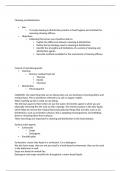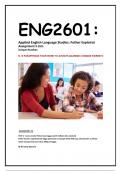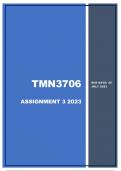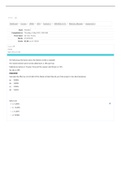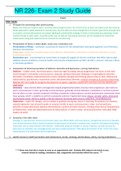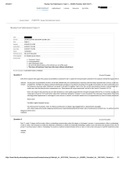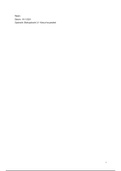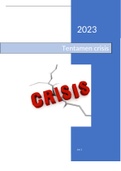Lecture notes
CLEANING AND DISINFECTION
- Institution
- Aston University, Birmingham (Aston)
• Aim – To study cleaning & disinfection practice in food hygiene and methods for assessing cleaning efficacy. • Objectives – Following this lecture you should be able to: • Explain the difference between cleaning & disinfection. • Define the terminology used in cleaning & disinfec...
[Show more]
